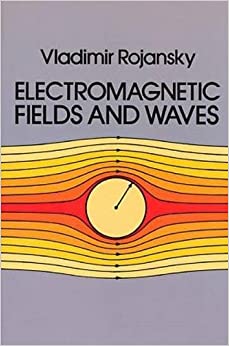Answered step by step
Verified Expert Solution
Question
1 Approved Answer
(1) (2) Investigation I: The Charge-to-Mass Ratio of the Electron Activity 1-1 The Theory Behind the Experimental Apparatus Recall that if a charged particle of
(1) (2) Investigation I: The Charge-to-Mass Ratio of the Electron Activity 1-1 The Theory Behind the Experimental Apparatus Recall that if a charged particle of charge q moves with velocity through a uniform magnetic field B. the magnitude of the magnetic force on the particle is given by: Fe q or given as a magnitude in terms of the angle between the vectors and B, when placed to tail-to-tail: F = 16110|| B| sine The direction of the magnetic force is perpendicular to both the velocity and the magnetic field B. You will remember from your study of mechanics that if the net force on an object is perpendicular to its velocity, the object's direction changes, but its speed does not (That is, the acceleration is entirely radial, not tangential.) Assuming that i and B are initially perpendicular, the magnetic force is just what is needed to produce uniform circular motion. Question 1-1 What are the units that result from the product of q. 7, and B? Working under the assumption that is and Bare perpendicular, equations (1) and (2) tell us that the magnetic force has magnitude: F1 = lalo B1 (3) By Newton's second law, this force
Step by Step Solution
There are 3 Steps involved in it
Step: 1

Get Instant Access to Expert-Tailored Solutions
See step-by-step solutions with expert insights and AI powered tools for academic success
Step: 2

Step: 3

Ace Your Homework with AI
Get the answers you need in no time with our AI-driven, step-by-step assistance
Get Started


